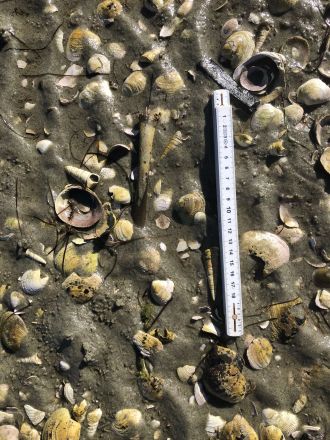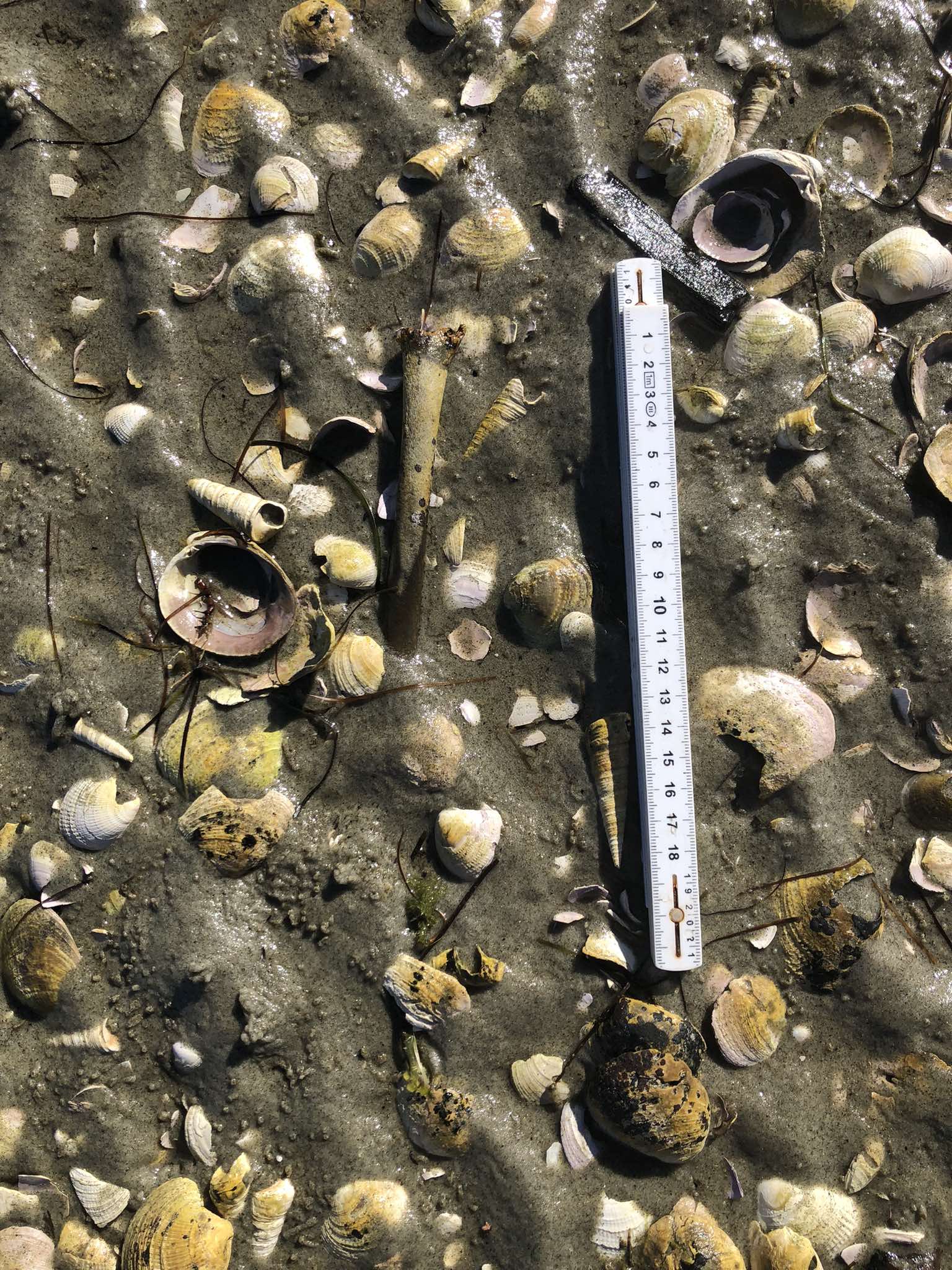Expert Reaction
These comments have been collated by the Science Media Centre to provide a variety of expert perspectives on this issue. Feel free to use these quotes in your stories. Views expressed are the personal opinions of the experts named. They do not represent the views of the SMC or any other organisation unless specifically stated.
Dr Rebecca Kinaston, Director of BioArch South and lead author of this paper, comments:
"Our new study uncovers what native birds in Aotearoa New Zealand were eating around the time of human arrival 750 years ago. We analysed the chemical signatures of diet from ancient bird bones discovered at Harwood on the Otago Peninsula and compared these to previously published bird diets from the early Māori site of Wairau Bar in Marlborough. While many species ate much the same as they do today, others – including the pārera grey duck, pūtangitangi paradise shelduck, kawau tikitiki spotted shag, and tarāpuka and tarāpunga black and red-billed gulls – showed signs of different regional diets in the past. Intriguingly, while the extinct matapu New Zealand swan spent more time on land than the kakīānau black swan present today, its diet was similarly tied to freshwater and marine sources. With more than a quarter of New Zealand’s native birds now extinct, our study sheds new light on how birds once lived and adapted in a changing environment after human settlement."
Multimedia





 New Zealand
New Zealand


